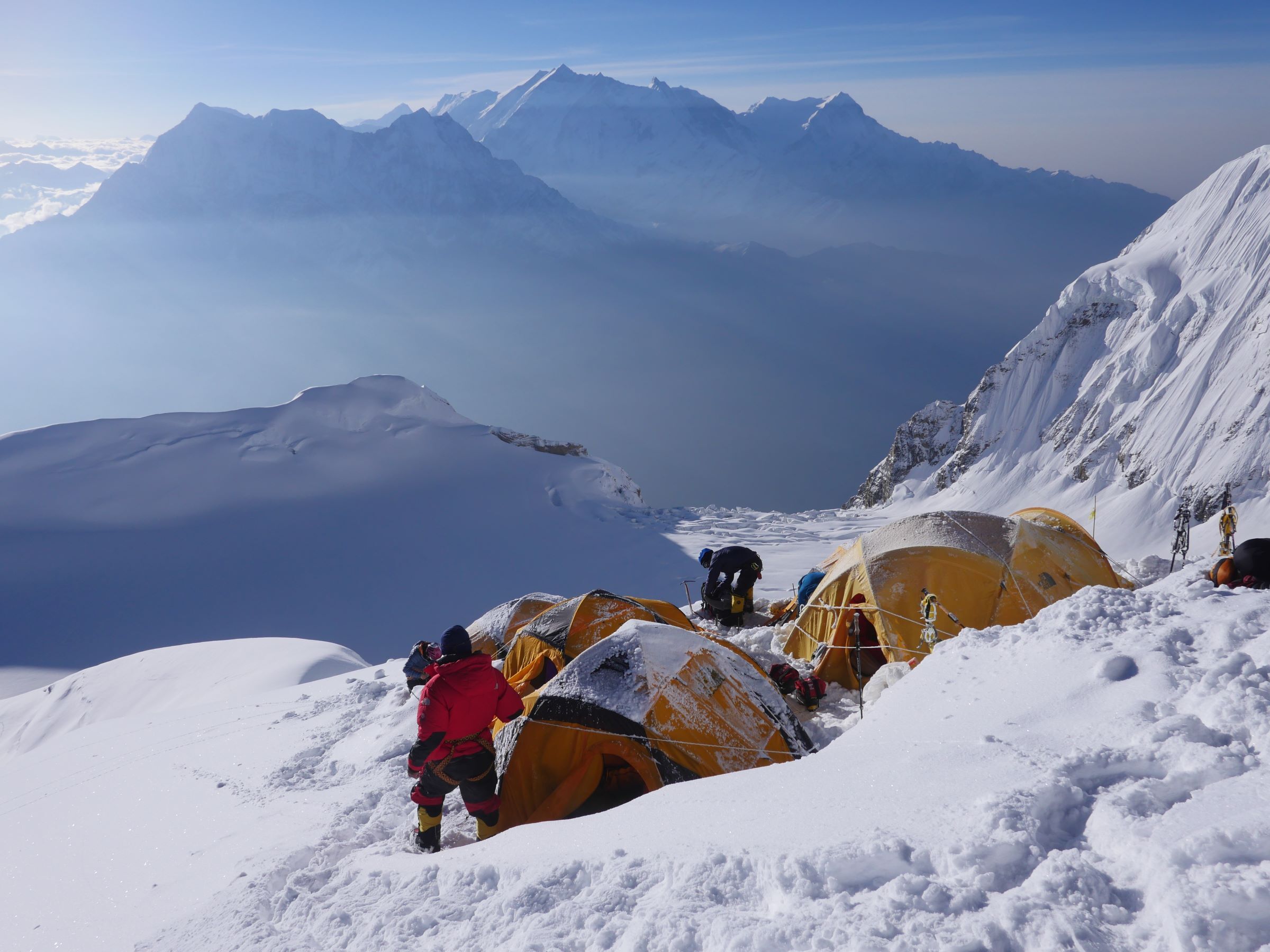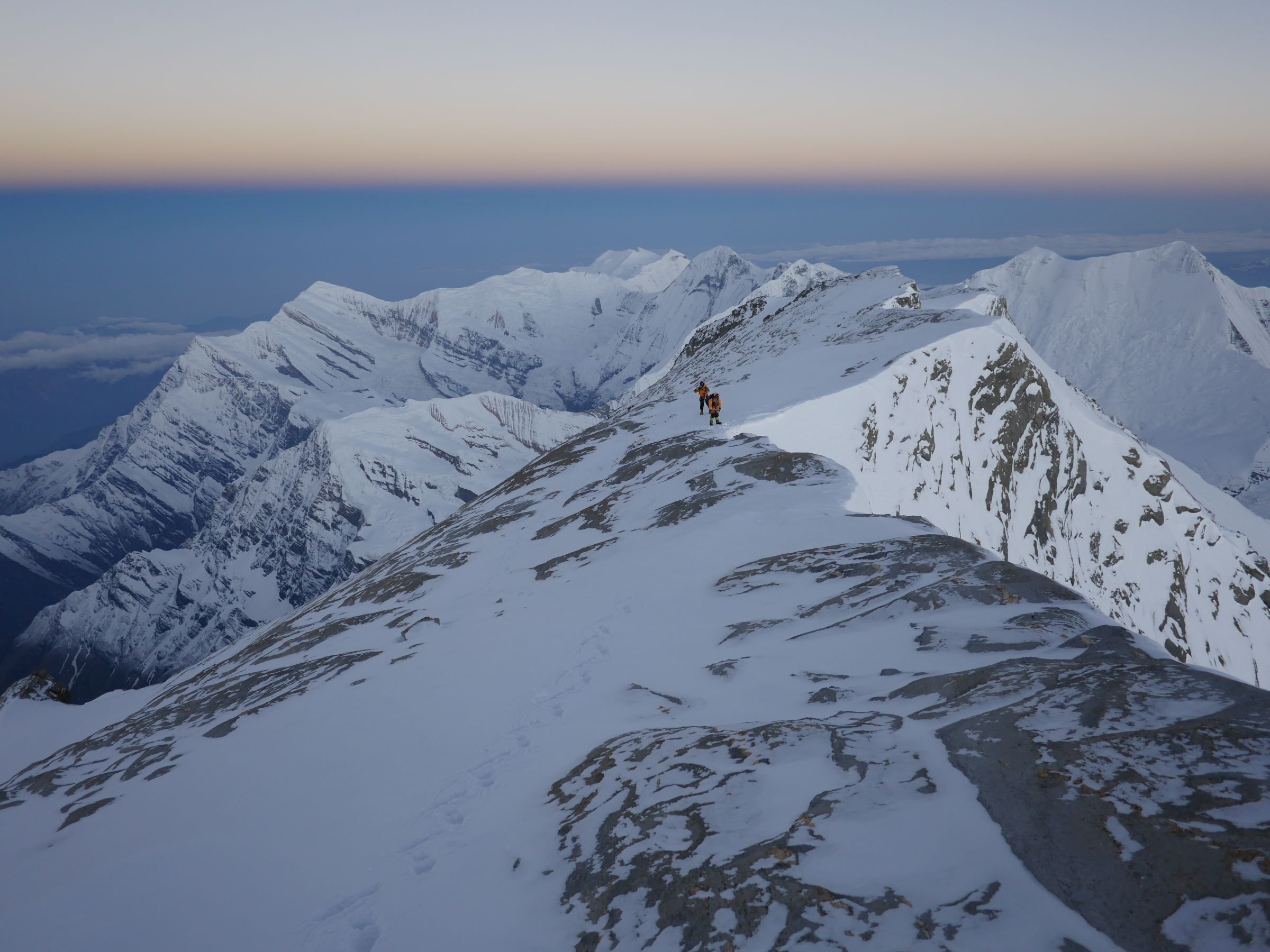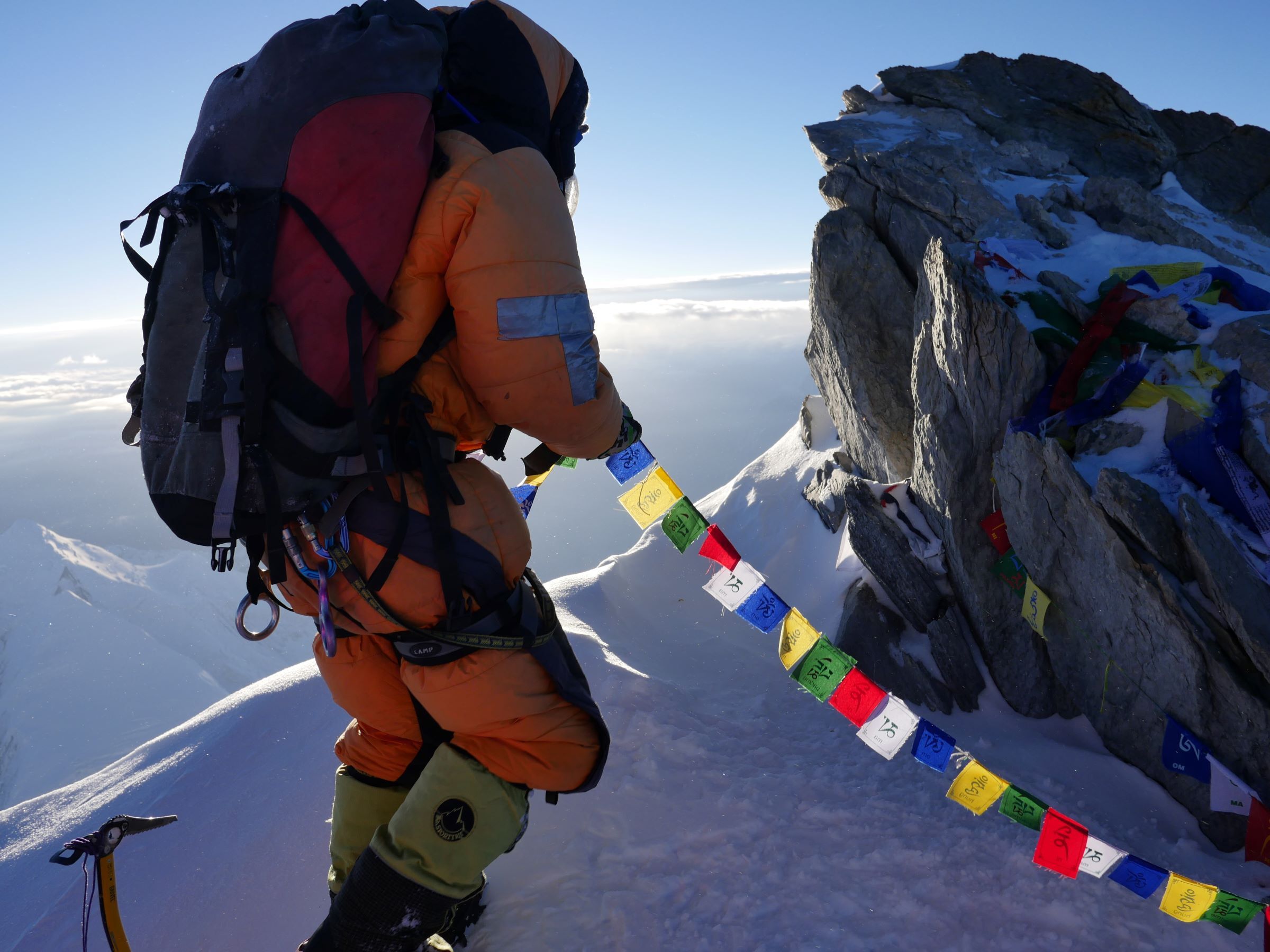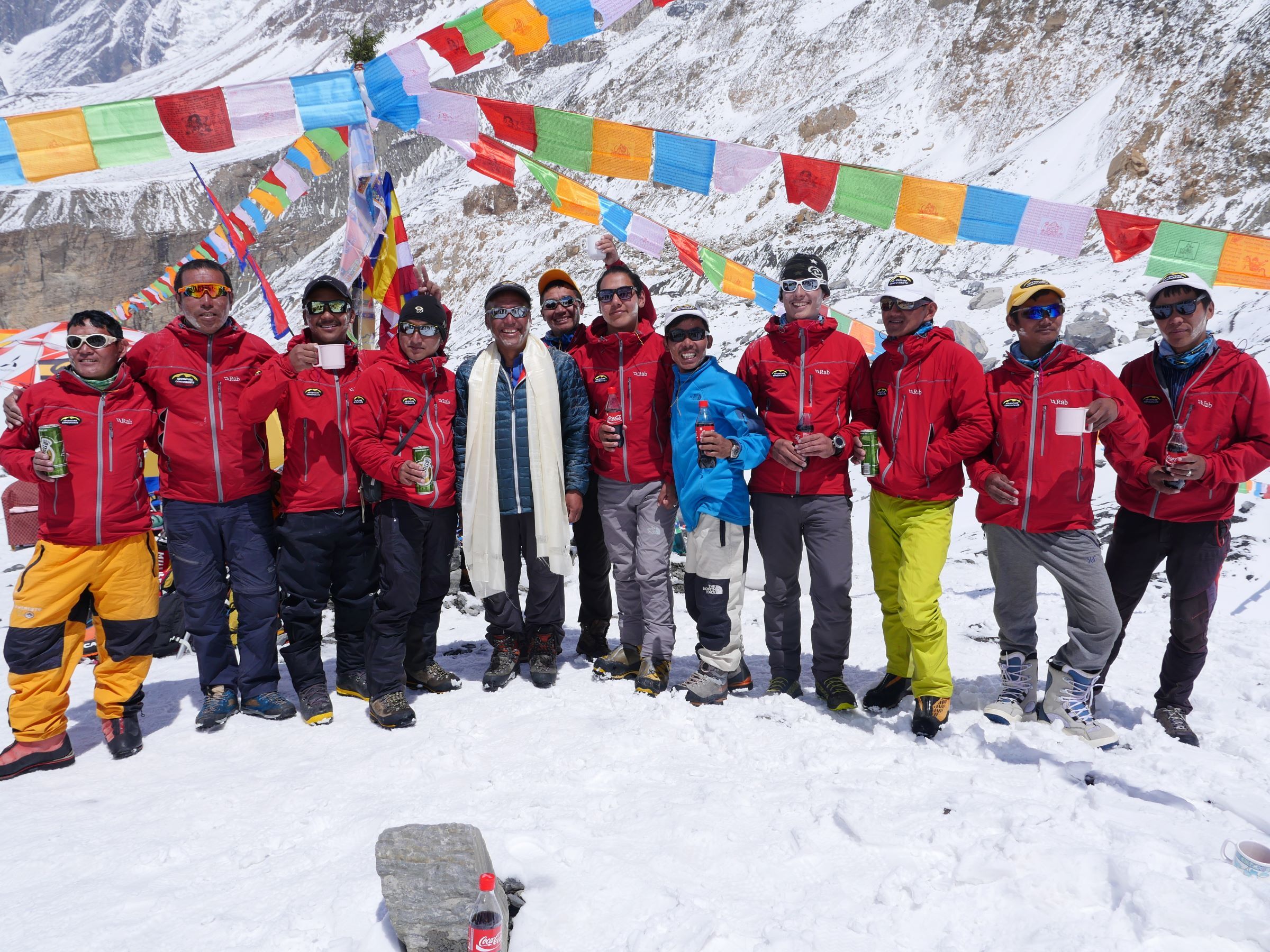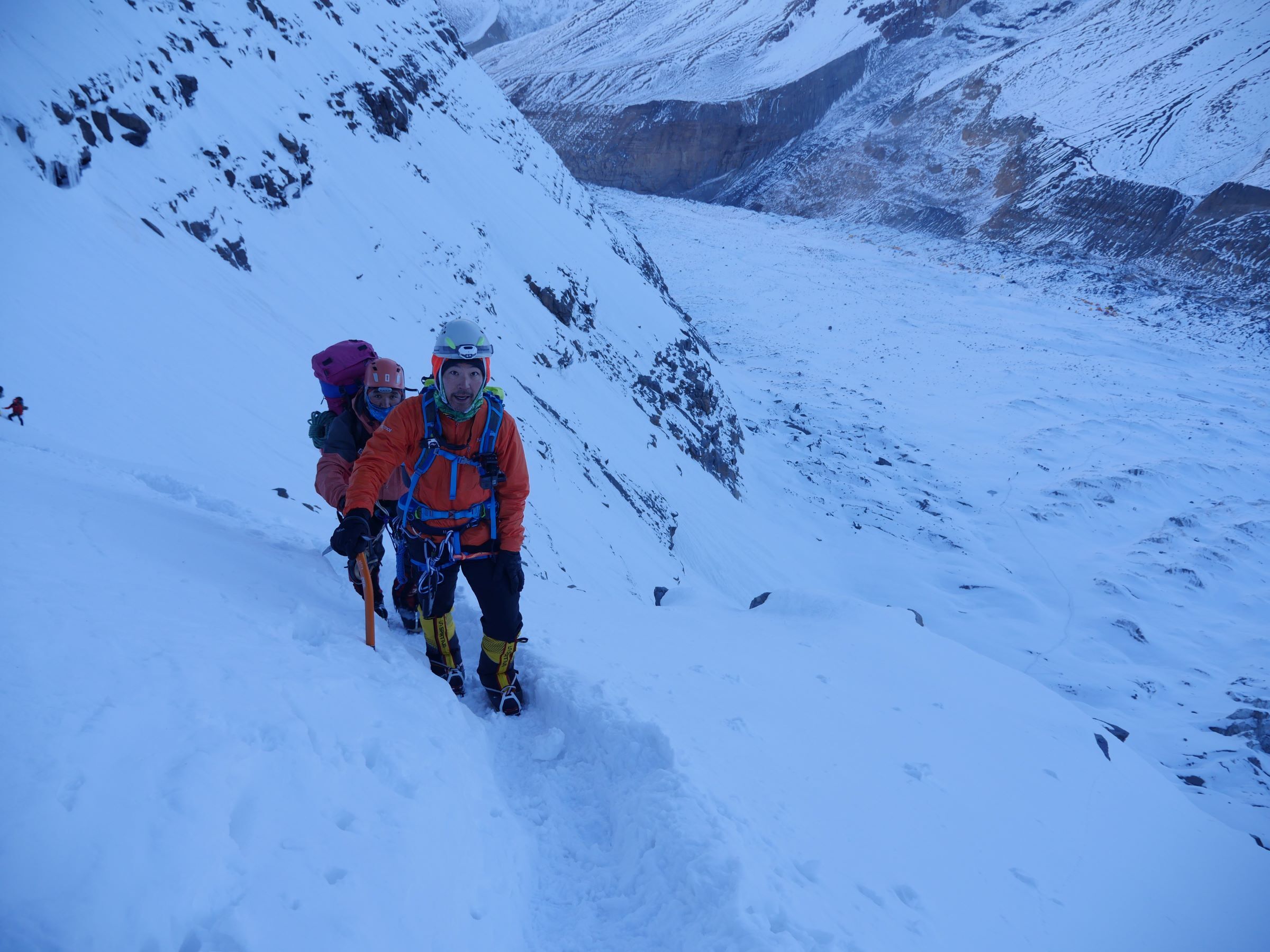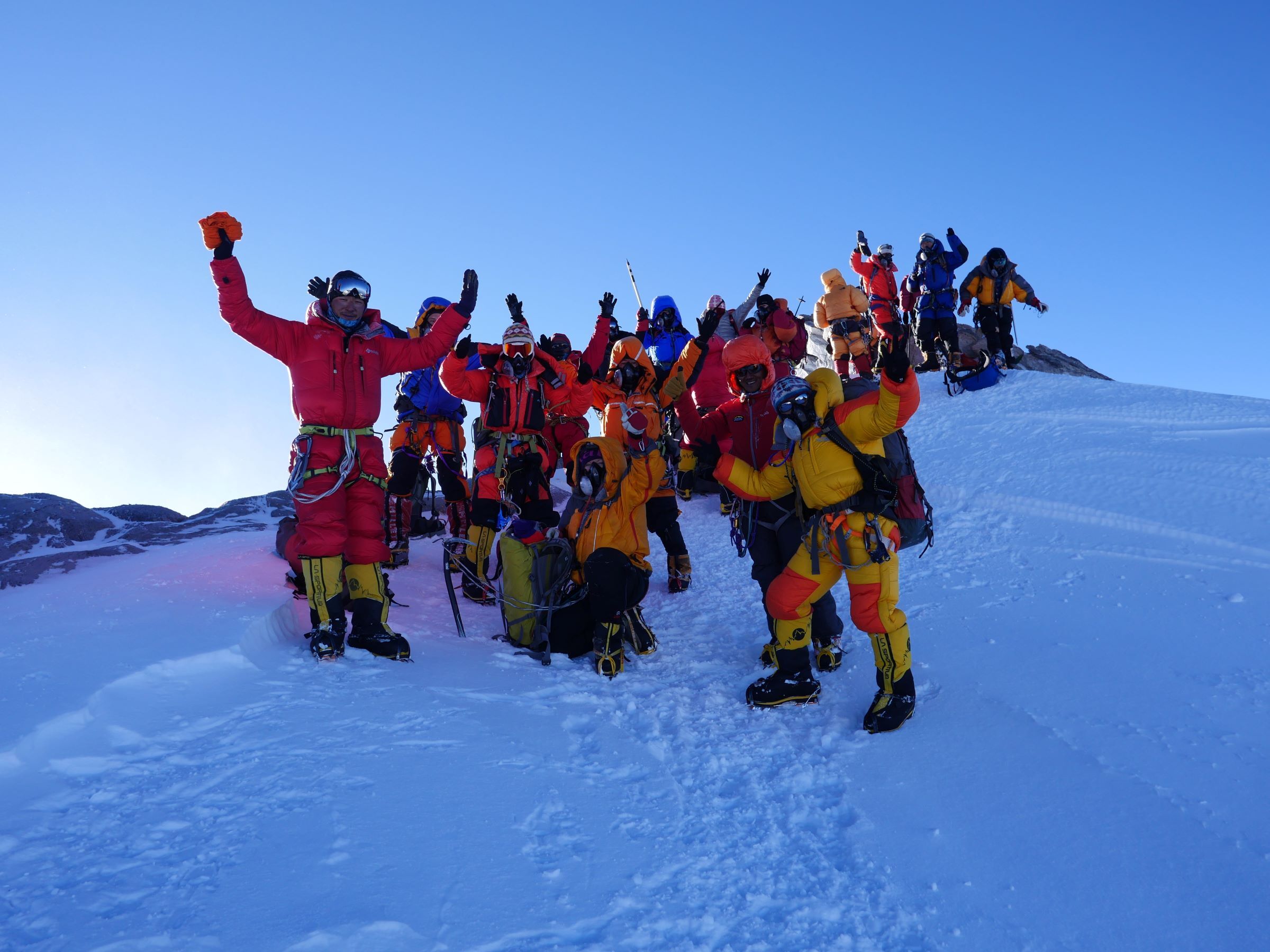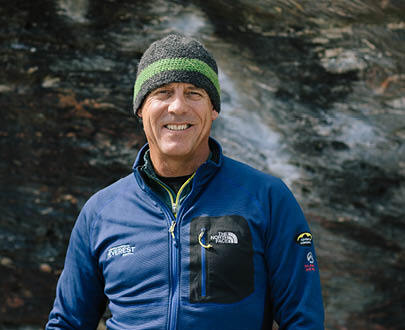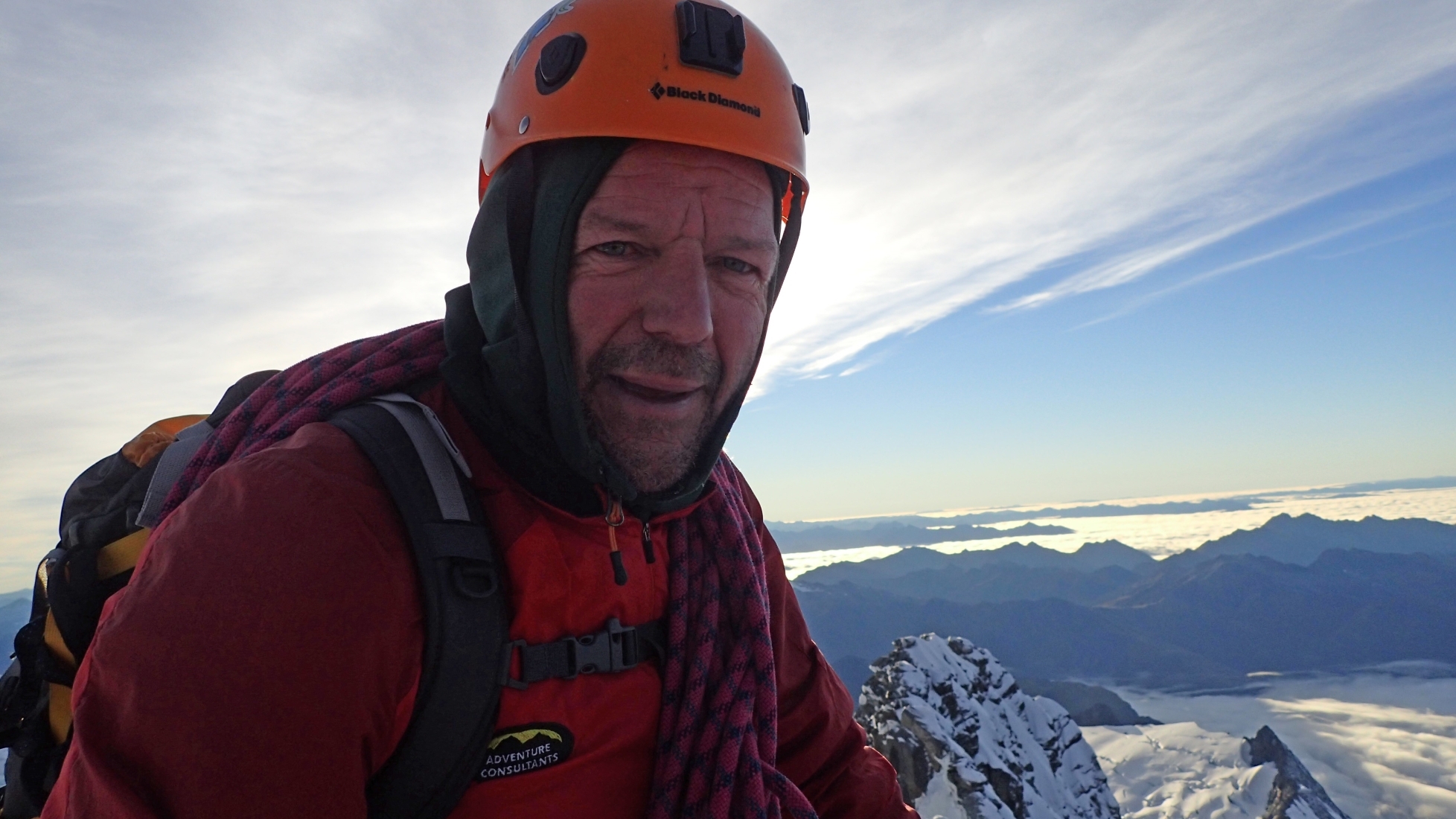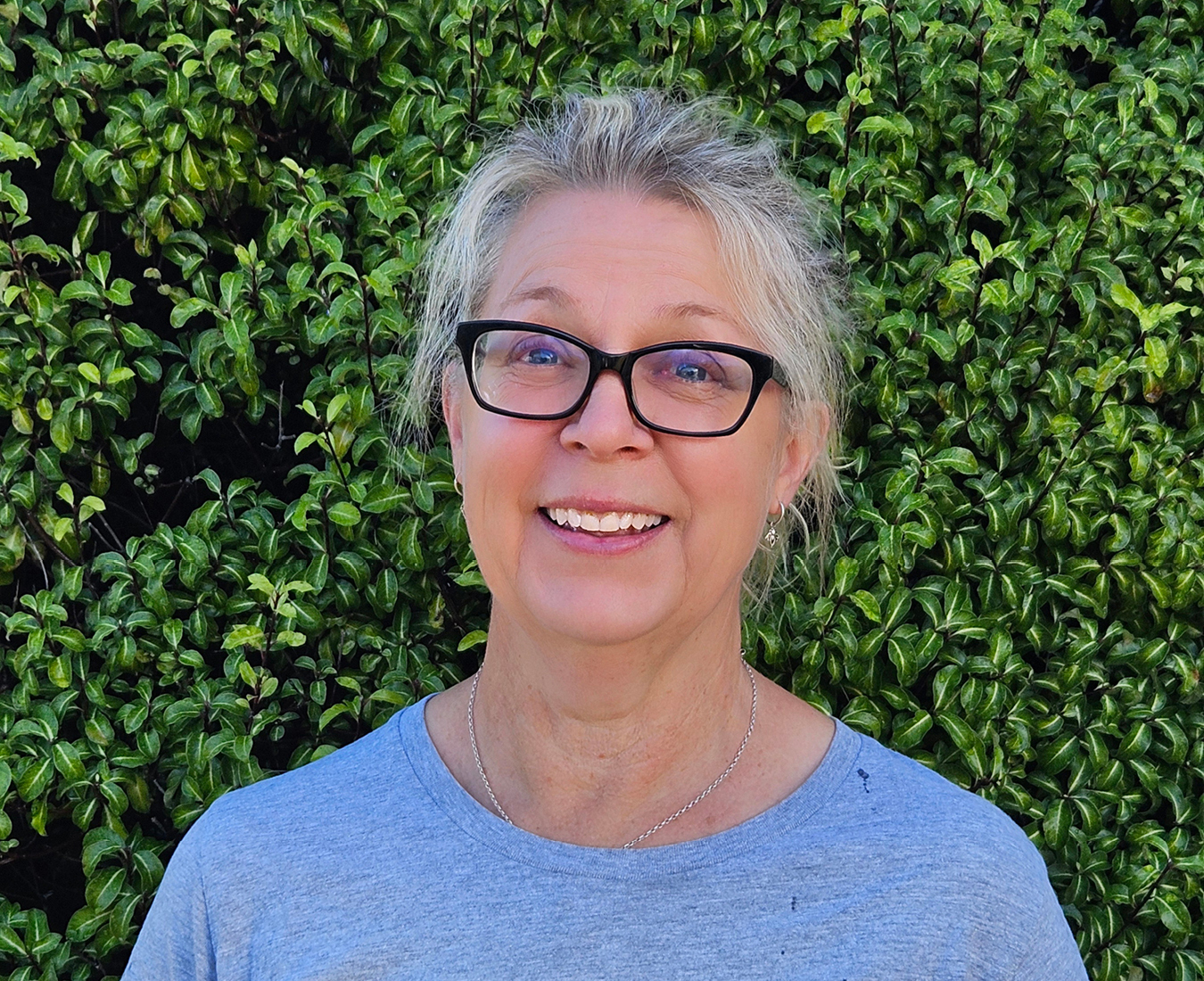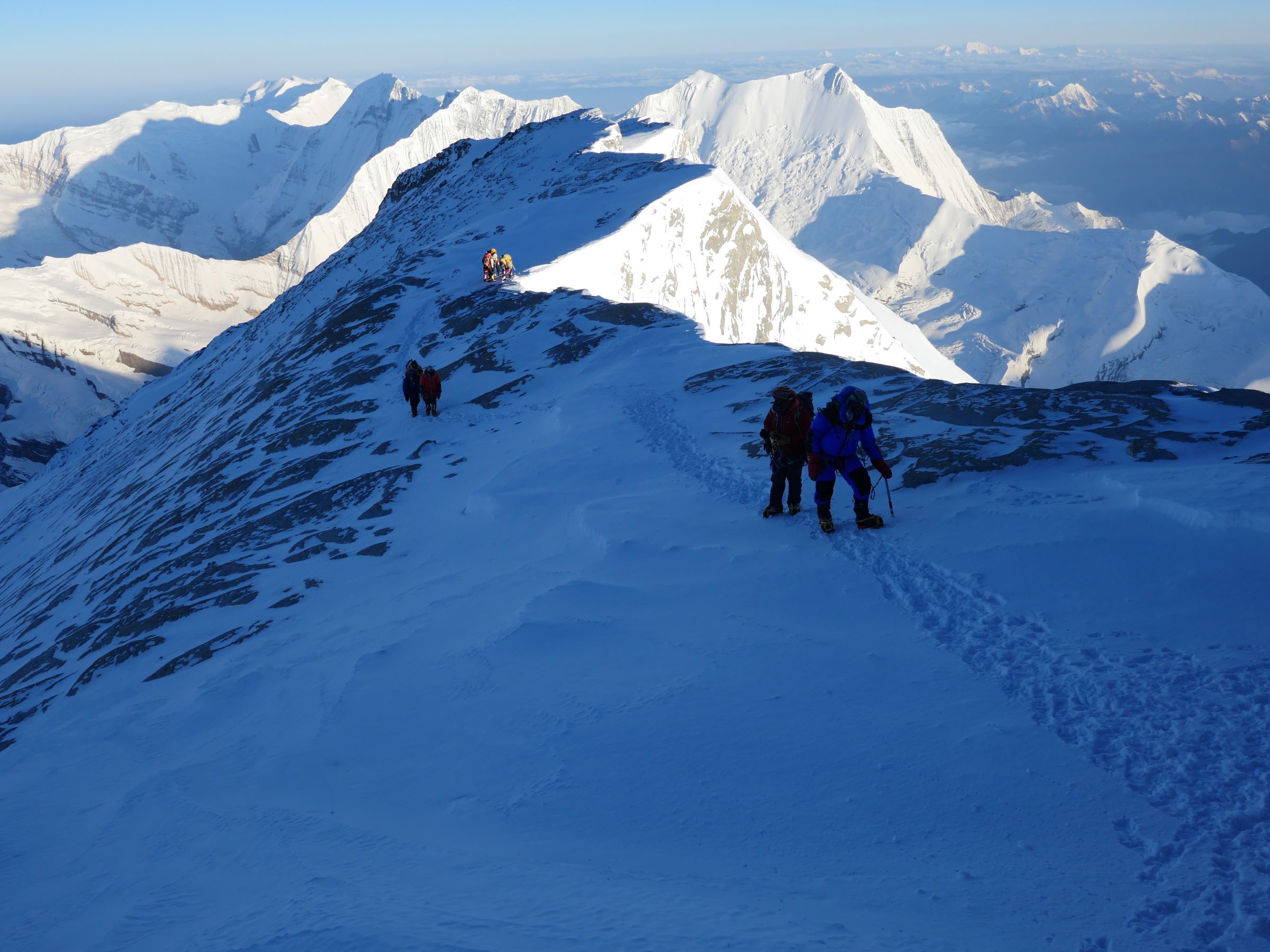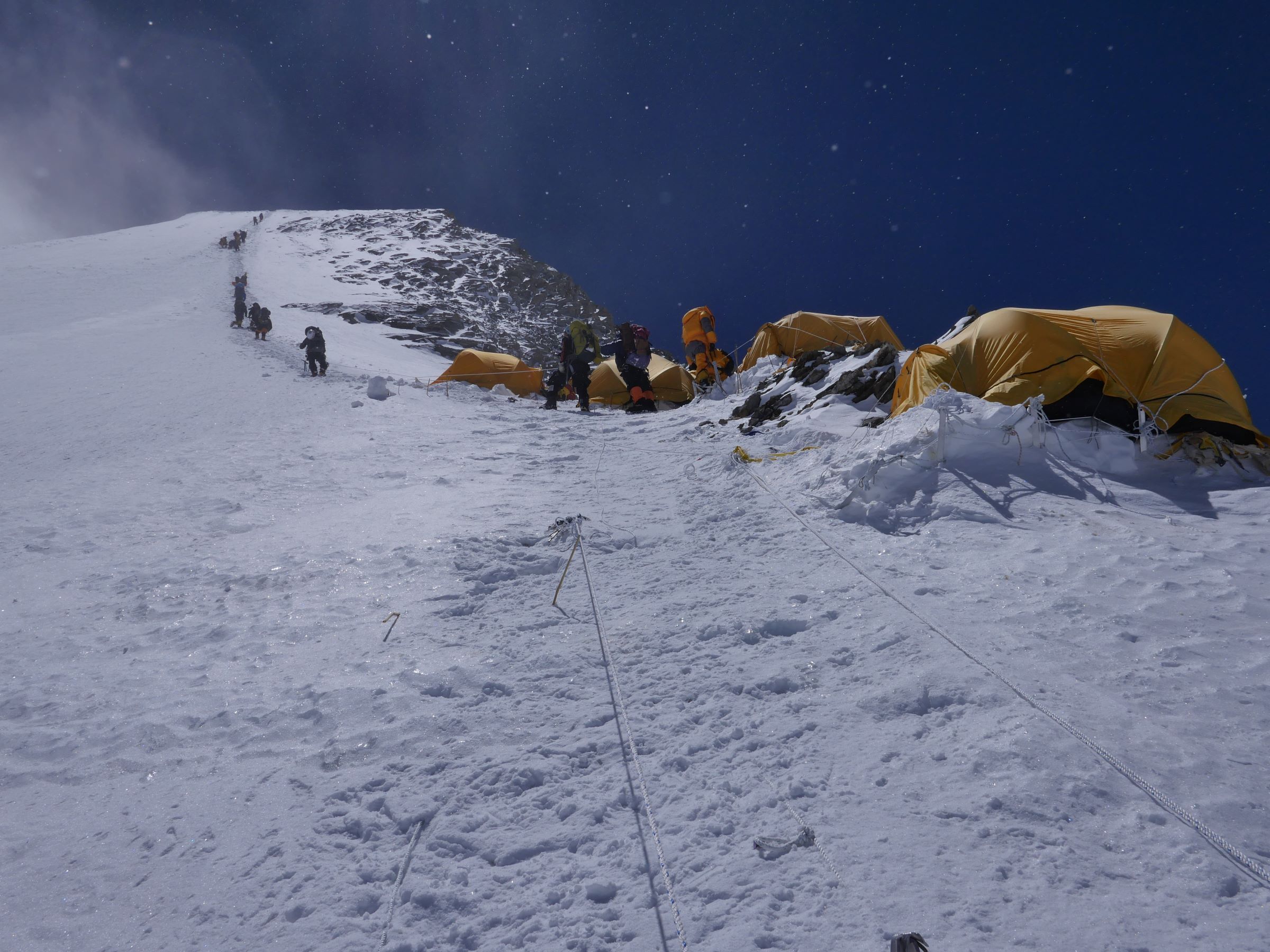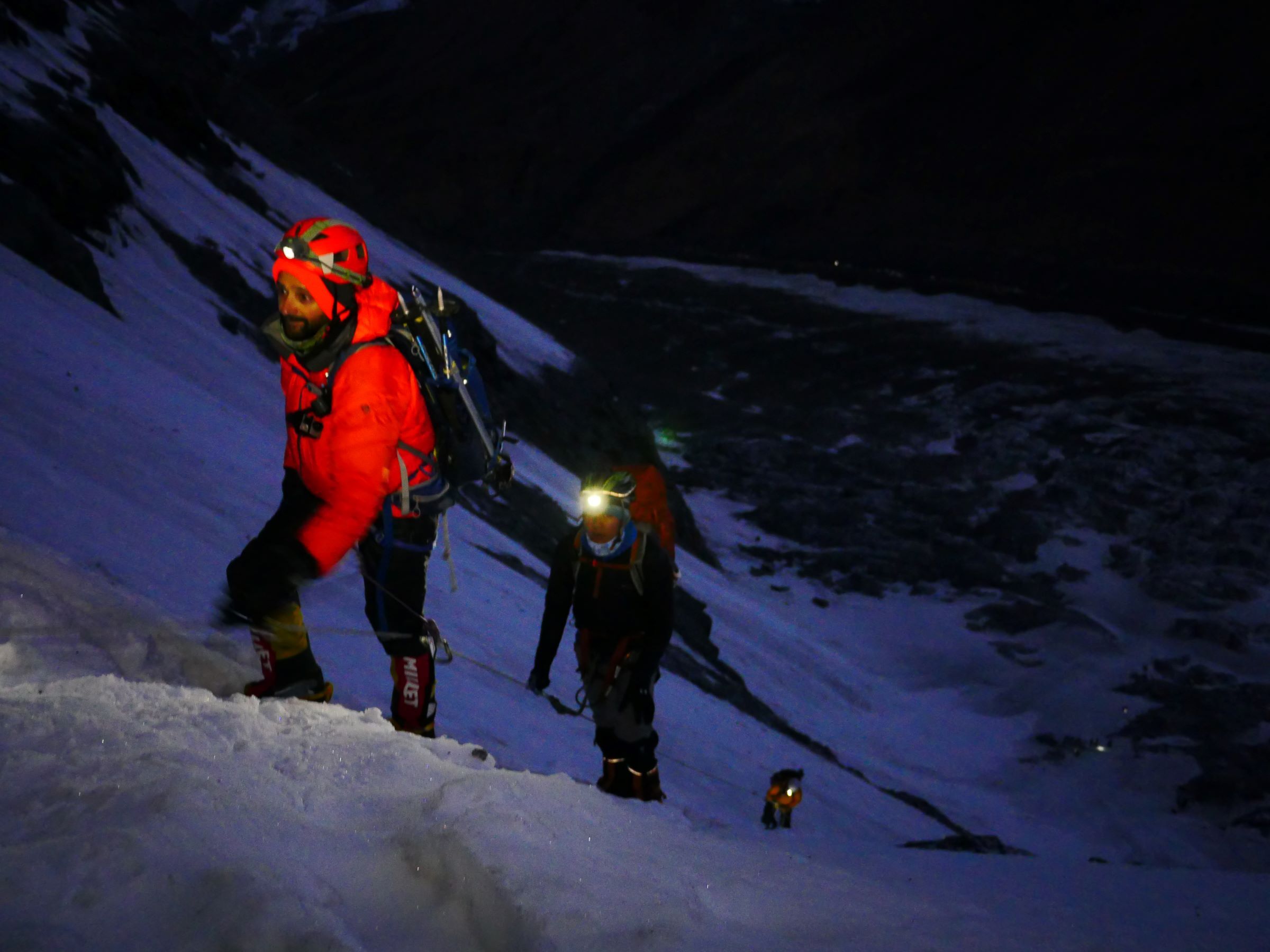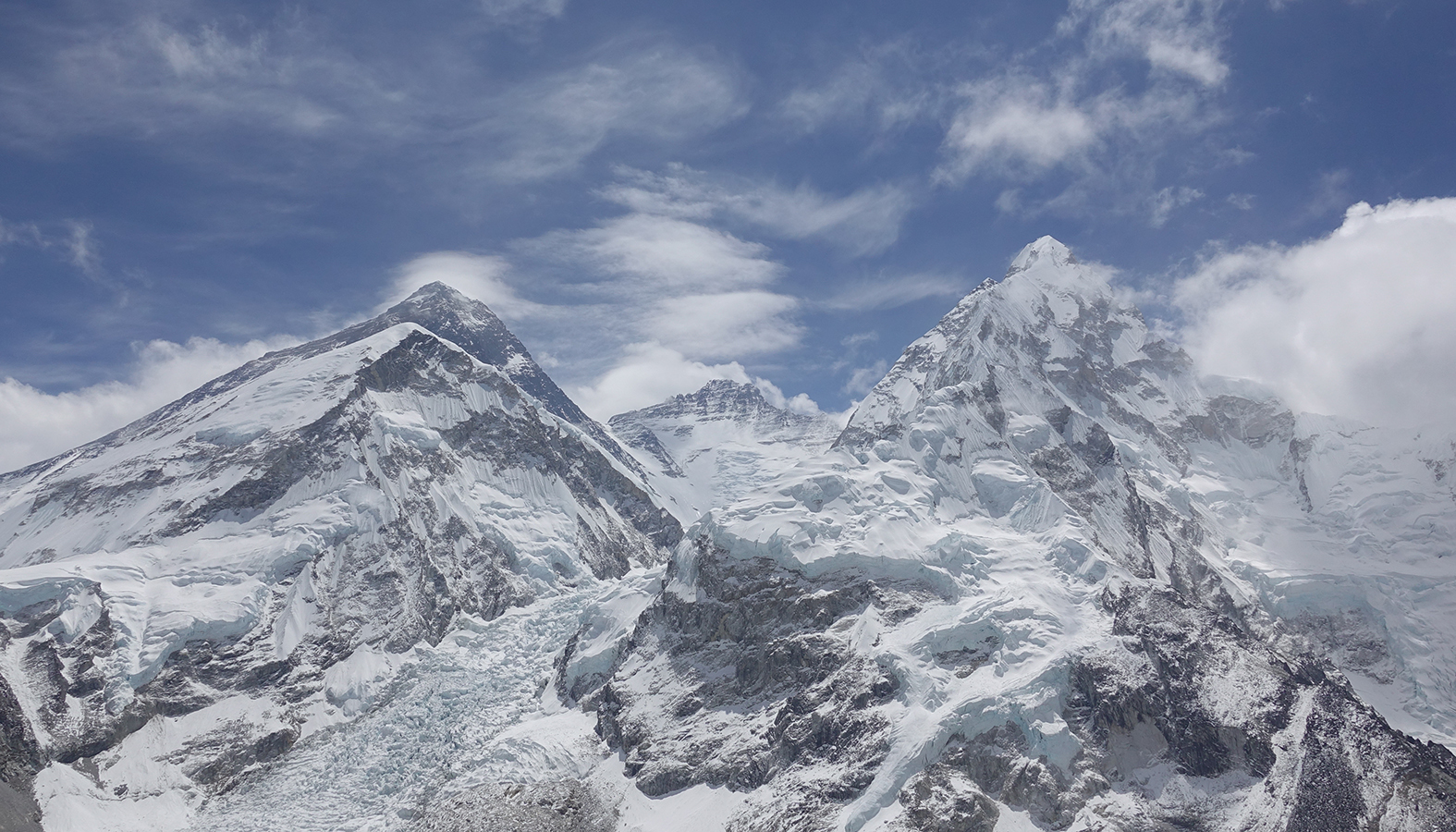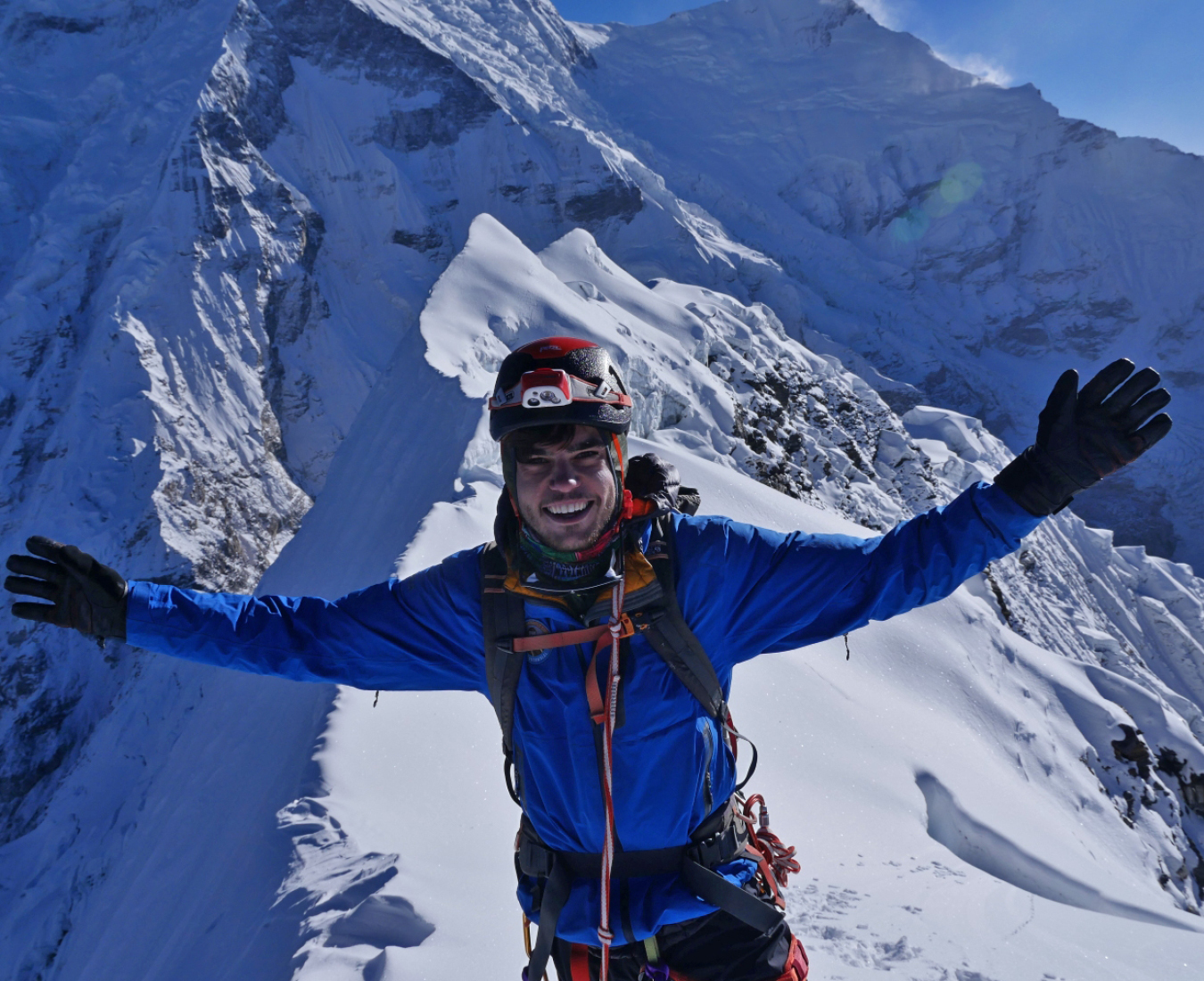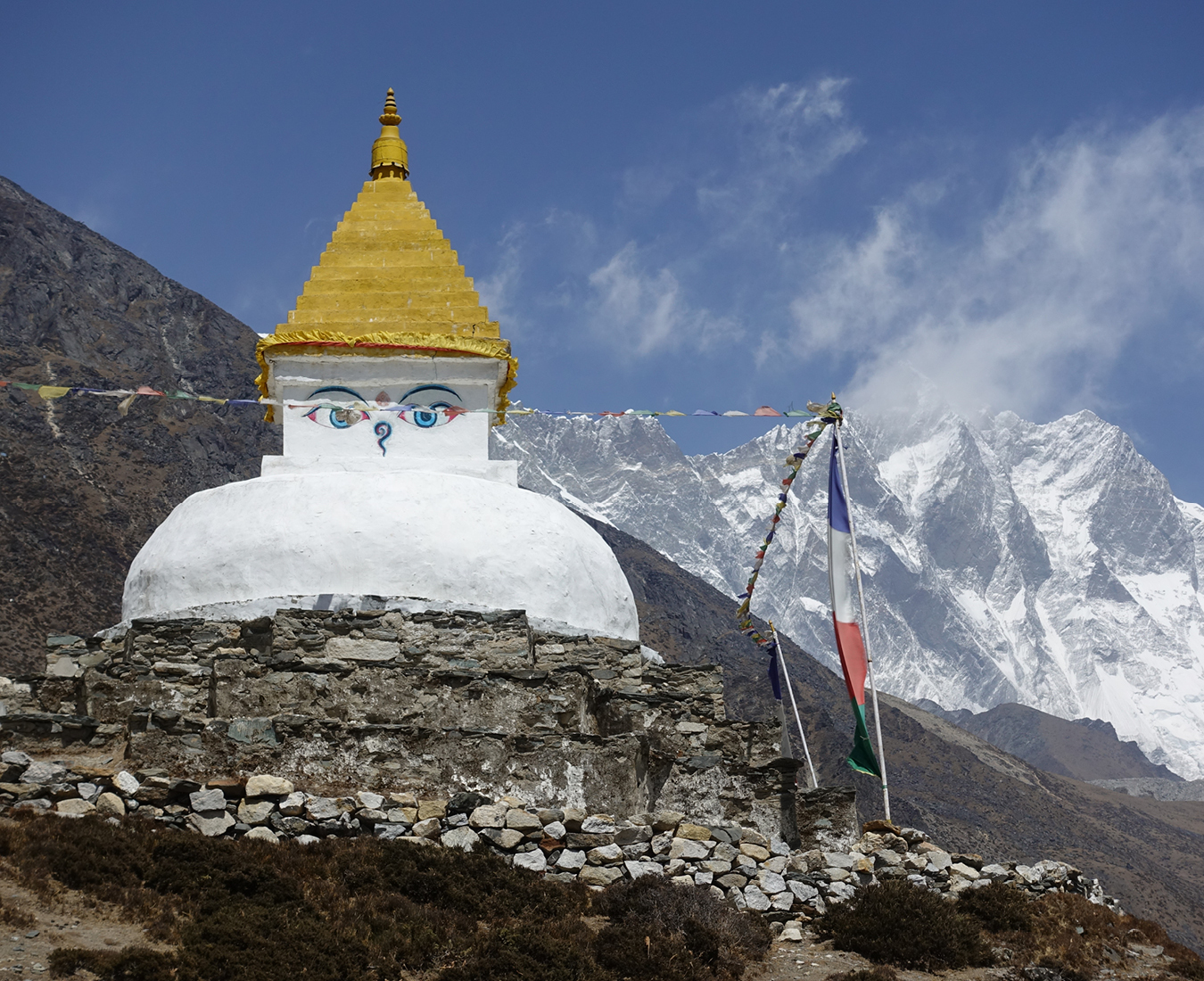The need for exceptional physical fitness cannot be over-emphasised. A regular, strenuous programme must be followed for many months to achieve the level of fitness required. We recommend a training programme tailored to mountaineering such as those from Uphill Athlete.
Situated in Western Nepal, Dhaulagiri is one of the coveted 8,000m peaks, standing as the seventh highest mountain in the world.
In Sanskrit, Dhaulagiri translates into Dhavali giri, meaning “White Mountain” and is the highest mountain that lies entirely within Nepal.
Dhaulagiri is one of the lesser climbed 8000 metre peaks, probably due to it being a little more remote than its more accessible cousins.
Once believed to be the highest mountain in the world, the mountain's long ridges and valley glaciers offer feasible approaches and we plan on climbing the standard route, the North East Ridge. Please enquire with our office for further information and pricing.
- A stunning and remote climb
- The world’s seventh highest mountain
- Climb as a private expedition
Expedition Level
Expedition Level
Advanced
Elevation
Elevation
8,167m/26,794ft
Duration
Duration
50 days
Location
Location
Nepal
| Arrive in Kathmandu |
Kathmandu Preparations
| Fly Pokhara, drive to Darbang |
Trek to Dhaulagiri Base Camp
Rest Days at Dhaulagiri Base Camp
Climbing Period
Cross French Pass and trek to Jomsom
Flights to Pokhara/Kathmandu
Trip Ends
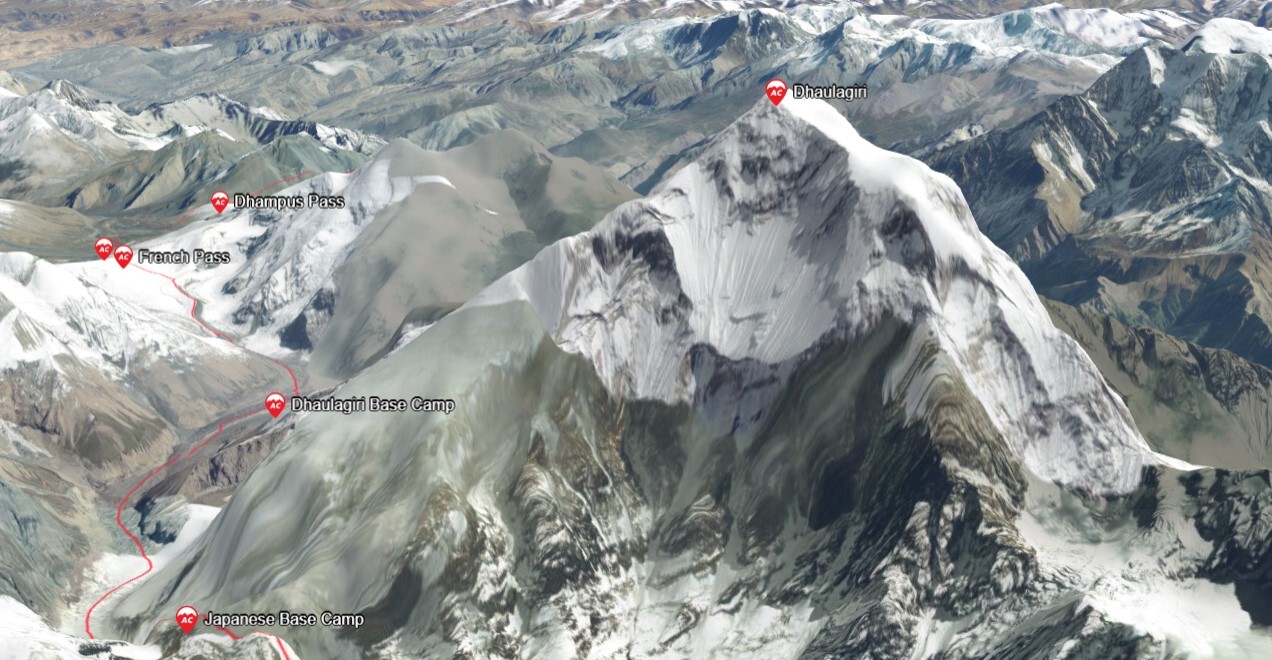
Departures and Pricing
| Start/End | Departing from | Quantity | Pricing | Notes | Book |
|---|---|---|---|---|---|
| Apr - Jun 2026 | Kathmandu, Nepal | Available | POA | ||
| Apr - Jun 2027 | Kathmandu, Nepal | Available | POA | ||
Learn more about out private expeditions here
PREPARE
You must be able to efficiently climb ice, snow and rock terrain, multiple days in a row. Climbers will ideally have a broad set of climbing skills from basic rock climbing to advanced cramponing on snow and ice and strong rope skills such as rappelling and rope ascending. You should be comfortable with camp craft and self-care at high altitude.
Prior ascents of multiple 6,000-7,000m peaks are required (such as Denali, Aconcagua, Peak Lenin, 6,000m peaks in Nepal, or the Ecuador Volcanoes).
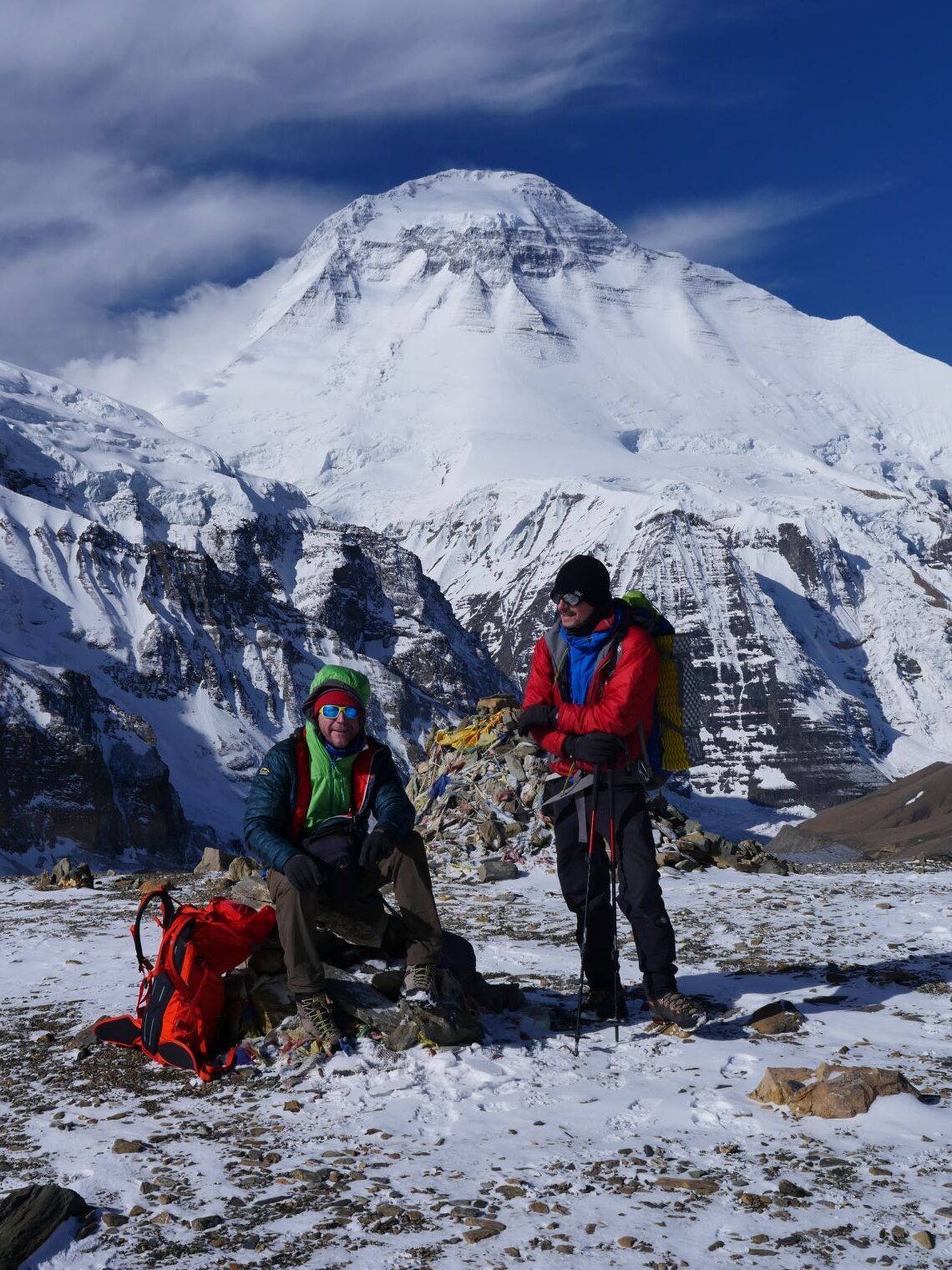
Adventure Consultants is renowned for the quality of its service and strategy applied to high altitude expedition climbing. Our reputation is attributed to meticulous planning and experienced logistics coordination. We have a philosophy of investing in every expedition to offer our climbers the best possible chance of success.
We employ strong and specialised Expedition Leaders and Sherpa staff who are recognised as some of the most pre-eminent mountaineers in the industry.
Many operators make statements about their services that are intentionally designed to mislead or avoid addressing important issues. The reality on the mountain is that unless you have a strong and experienced leader with sufficient Sherpa staff in support, the chances of summiting are dramatically reduced. Expeditions that are operated by local staff, with no qualified and experienced western guides, are generally not able to offer you a legitimate level of safety or success. These expeditions have the highest ratio of accident and frostbite injury on trips which may seem cheap at the time when booking but the long term effects make the price difference irrelevant.
The AC approach to making expeditions work for you is reflected in the quality and safety of the expeditions we run along with our consistently high success rate.
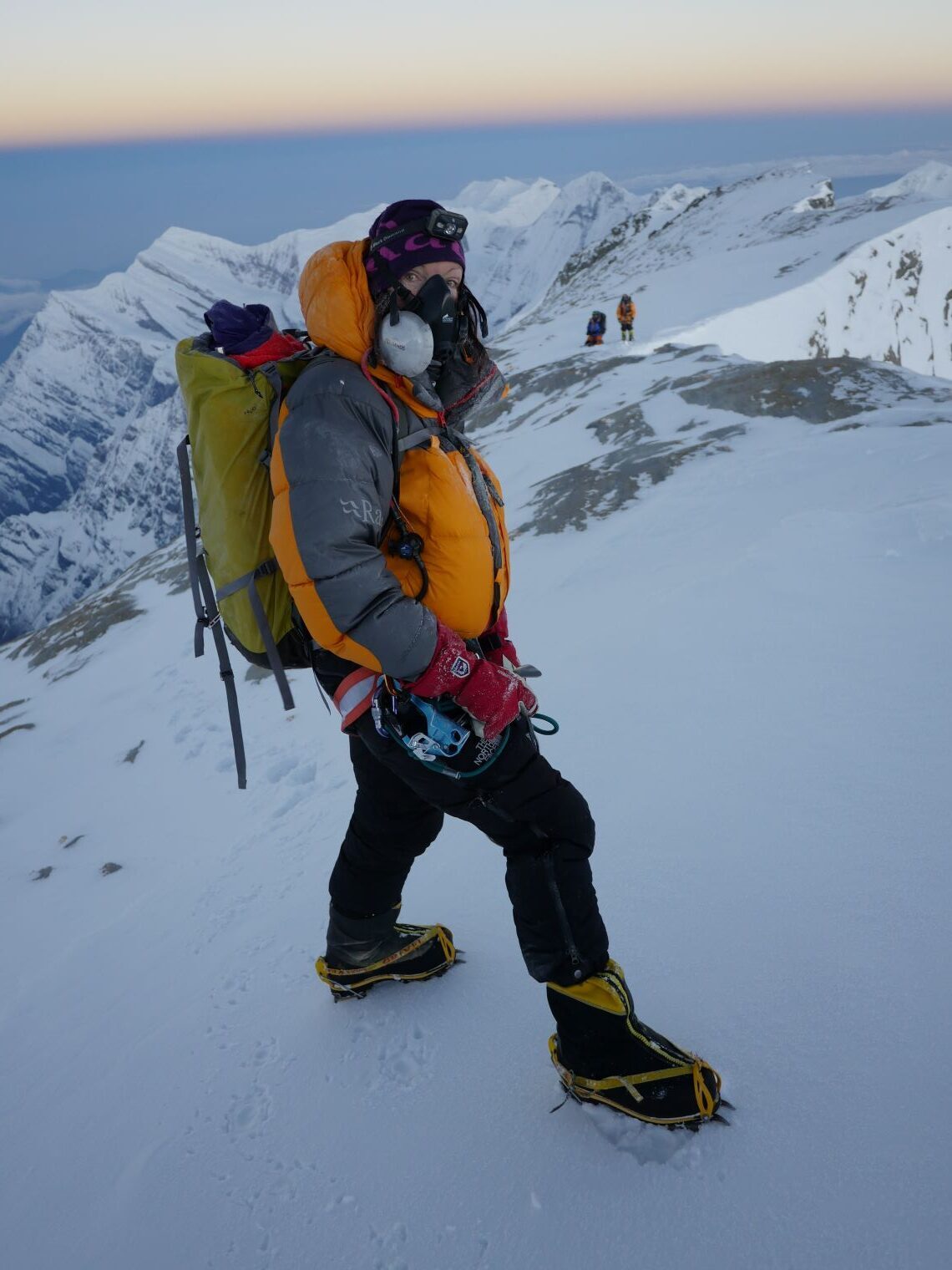
The price of your trip includes the following:
- Professional, qualified guides
- Experienced Sherpa team
- Return fixed-wing flight Kathmandu to Pokhara
- Fixed-wing flight Jomsom to Pokhara
- Superior Base Camp
- Excellent food and catering
- Oxygen – four bottles
- Comprehensive Medical kit
- Wi-Fi at Base Camp
- Regular dispatches for families and friends to follow your expedition
- Comprehensive support from our New Zealand office team.
